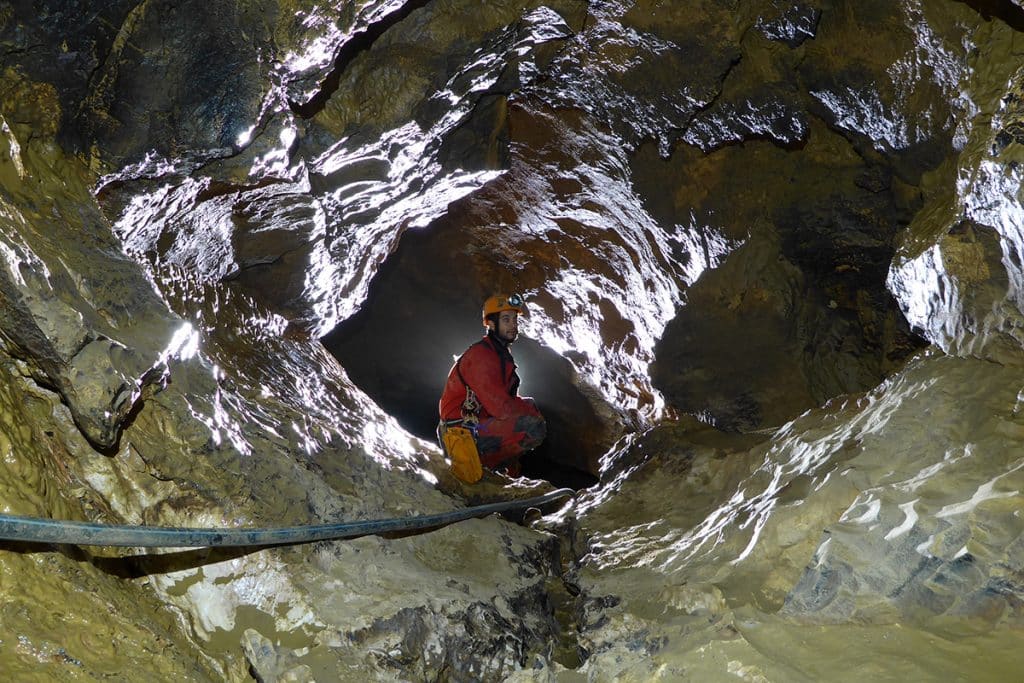Observation sites
Observations are defined as the acquisition of long-term field data on a given site. They are necessary to understand the fundamental mechanisms that control the functioning of natural systems, to predict possible changes on different time scales and to build forecasting models.
They require a constant, long-term investment by research staff and appropriate infrastructure.
To meet these needs, the supervisory authorities have created various structures at national level. For example: the National Observation Services, the Workshop areass, the Man and Environment Observatories.
One of the major issues associated with observations is the management of the data according to the FAIR principles.
This implies a coherent articulation of the various observations. In the field of Earth and environmental sciences, it is driven by two Research Infrastructures : Terra-Data and theCritical Zone Observatory, Applications and Research (OZCAR).
At the university level, the Observatories of the Sciences of the Universe are, among other things, to support the observations of the associated laboratories and to offer research data management.
Finally, there are international cooperations that federate observations on natural systems and issues that go beyond national borders.
Observations at CEREGE
CEREGE staff are involved in many national and international observatories, with a wide range of themes. One of the strong characteristics of the laboratory is its involvement in observation services in southern countries.
In addition, CEREGE provides the community with data on the OSU Pytheas observation portal.


